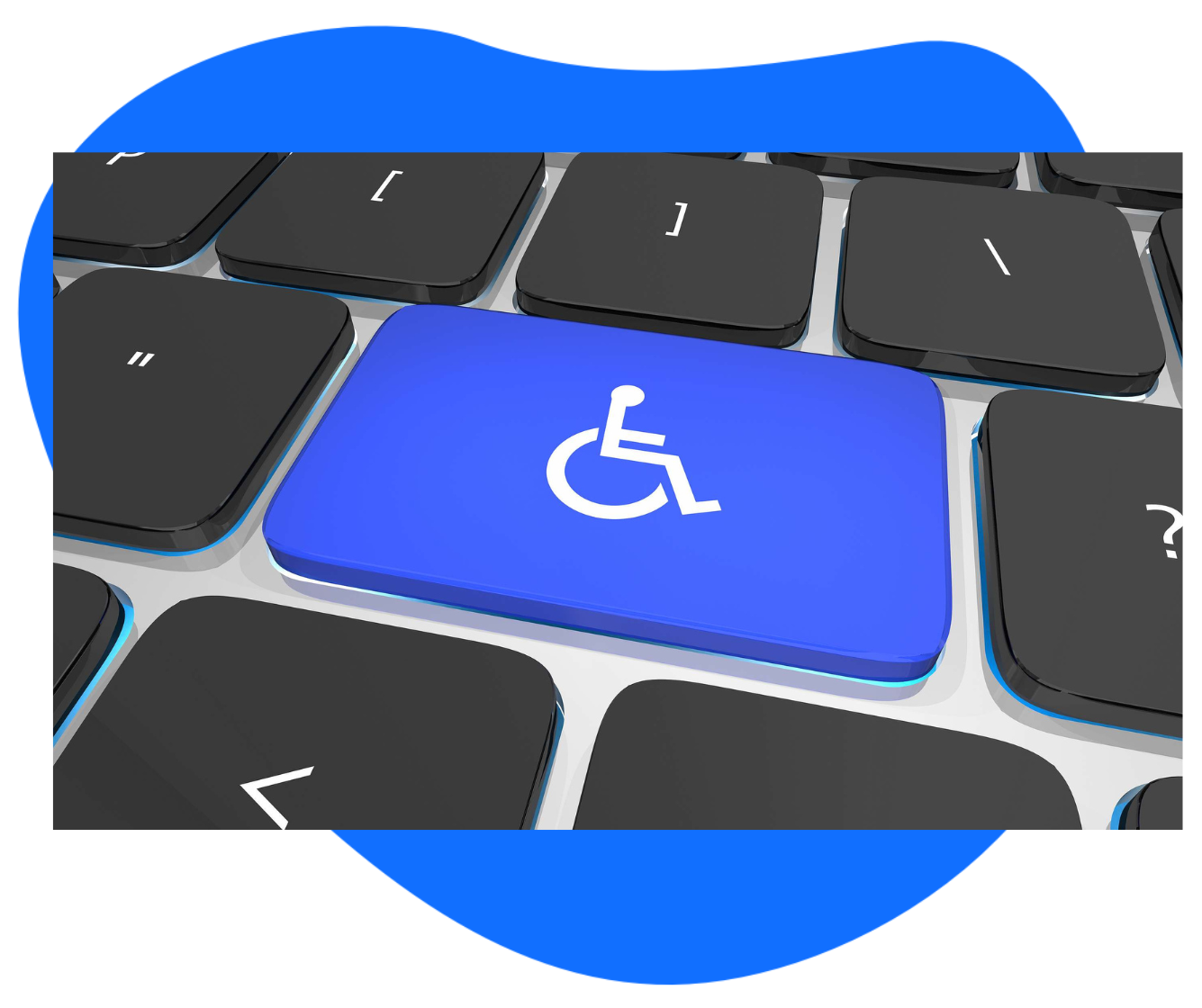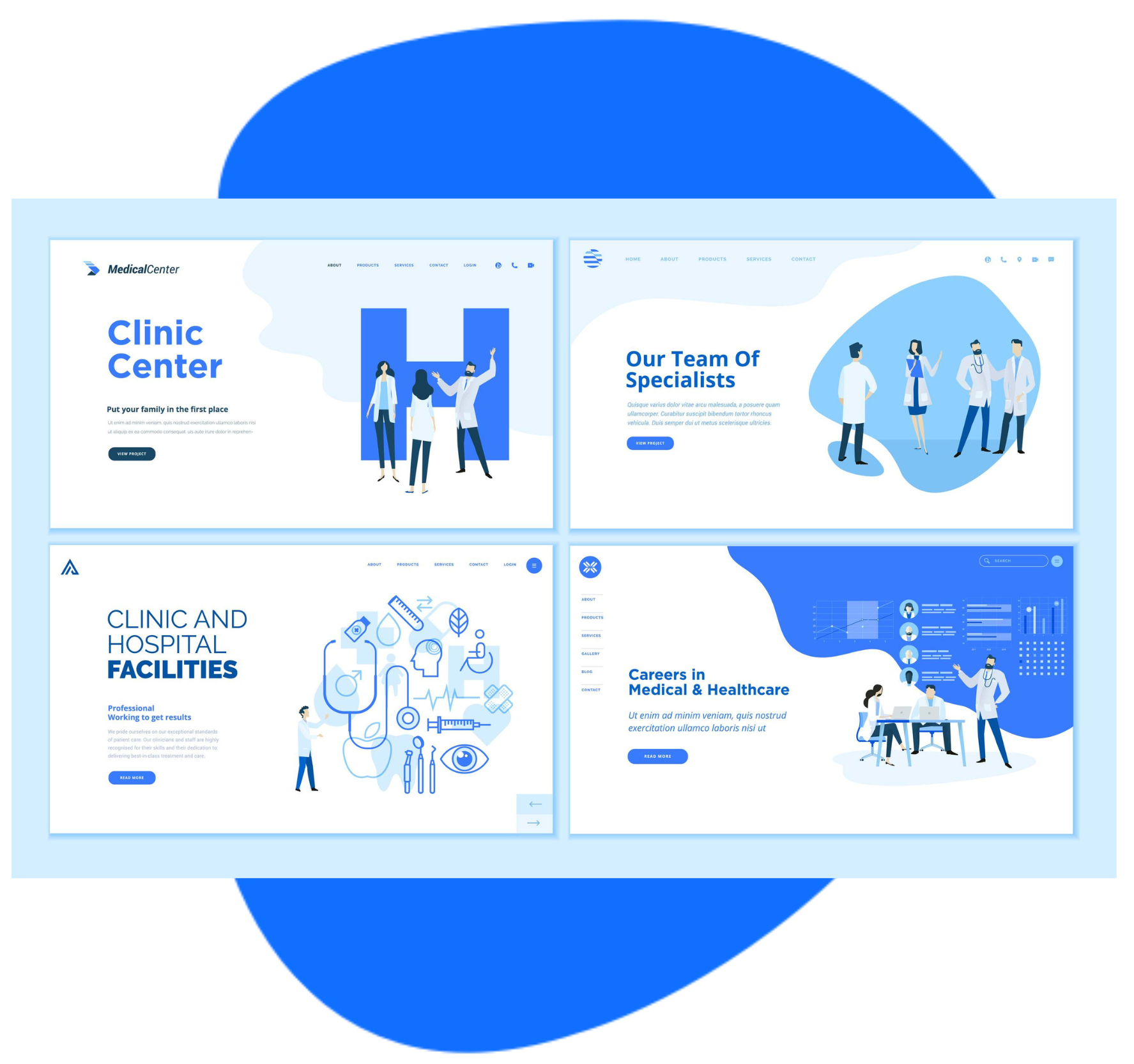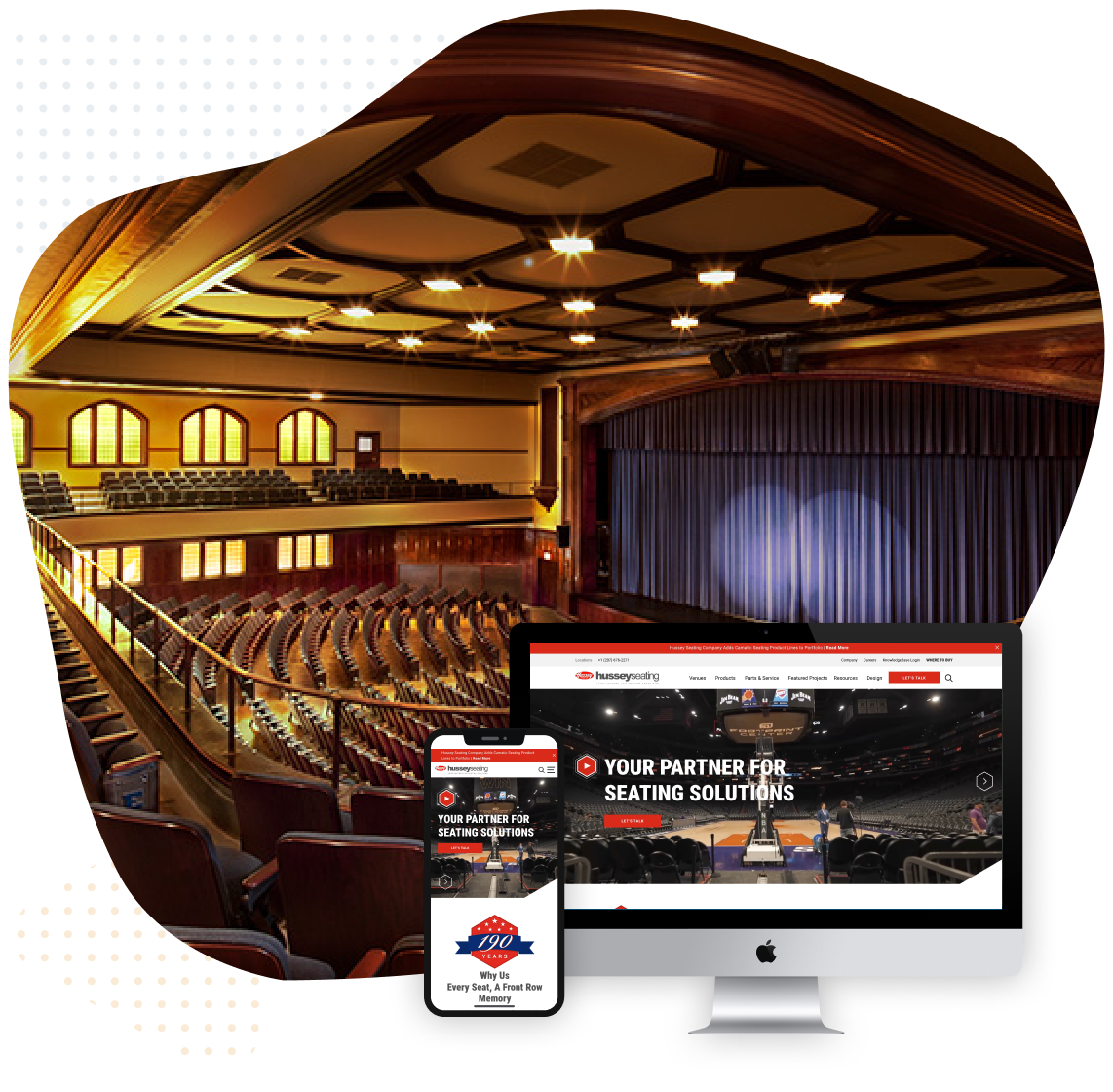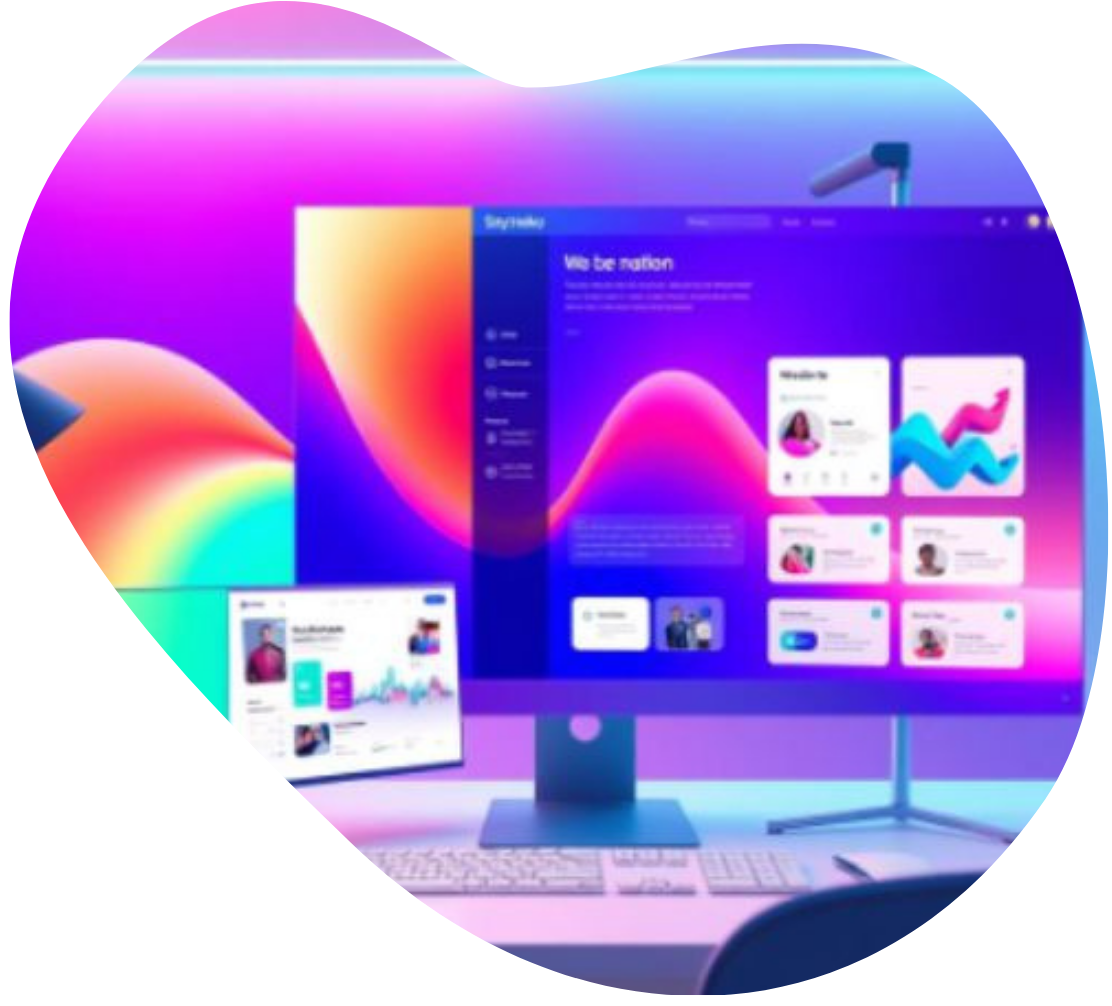When you open an app or a website, you may notice a brief introduction before the main content loads. This introductory screen is called a splash screen, and it serves a vital purpose – it’s your first impression, your digital handshake with your users.
It’s also an opportunity to make a statement and set the tone for the rest of the experience.
To help you strike the right chord with your visitors when they land on your website, we’ll explore what a splash screen really is, why it’s important, and how to design one that makes an impact.
What is a Splash Screen?
A splash screen is a graphical element that appears when an app or a website loads. It usually contains a logo or a brand message, and it’s often accompanied by a loading indicator. The primary purpose of a splash screen is to inform the user that the app or website is loading and to give them something to look at while they wait.
In web design, a splash screen is a preliminary page that users see before they access the main content, often used for branding purposes or to load necessary resources in the background.
But a splash screen is much more than that. It’s your opportunity to create a memorable first impression that sets the stage for the rest of the experience.
Why is a Splash Screen Important?
A splash screen is important because it’s your first impression. Just like in-person introductions, first impressions matter in the digital world. A well-designed splash screen can create a positive emotional response, generate excitement, and build anticipation for what’s to come.
On the other hand, a poorly designed splash screen can be frustrating, confusing, and even lead to user abandonment. In a world where users have an abundance of choices, you need to make every effort to stand out from the competition and make a positive first impression.
Designing a Splash Screen
Designing a splash screen requires careful consideration of your brand, your target audience, and the purpose of your app or website. Here are some key elements to keep in mind when designing your splash screen:
Brand Identity: Your splash screen should reflect your brand identity and convey your brand message. Use your brand colors, typography, and imagery to create a cohesive experience.
Simplicity: What you end up displaying should be easy to understand and visually appealing. Avoid clutter and unnecessary elements.
Relevance: Make sure your splash screen is relevant to your app or website. If your app is a news app, your splash screen should reflect that. If your website is an e-commerce site, your splash screen should feature products.
Speed: Your splash screen should load quickly. A splash screen that takes too long to load can be frustrating for users.
CTA: This part of your website is a great place to include a call-to-action (CTA). Encourage users to take action by including a button that leads to the main content or a sign-up form.
Ready to Make a Splashy Introduction to Your Business?
Today, a splash screen is an all-important element of any app or website. It’s your first impression and an opportunity to create a positive emotional response in your users. A well-designed splash screen can set the tone for the rest of the experience and build anticipation for what’s to come. When designing your splash screen, keep in mind your brand identity, simplicity, relevance, speed, and CTA.
With careful consideration of these elements, you can create a splash screen that makes an impact and sets you apart from the competition.
Need help with your web design? Get in touch with our team at Sayenko Design and let us help you make a great first impression.













